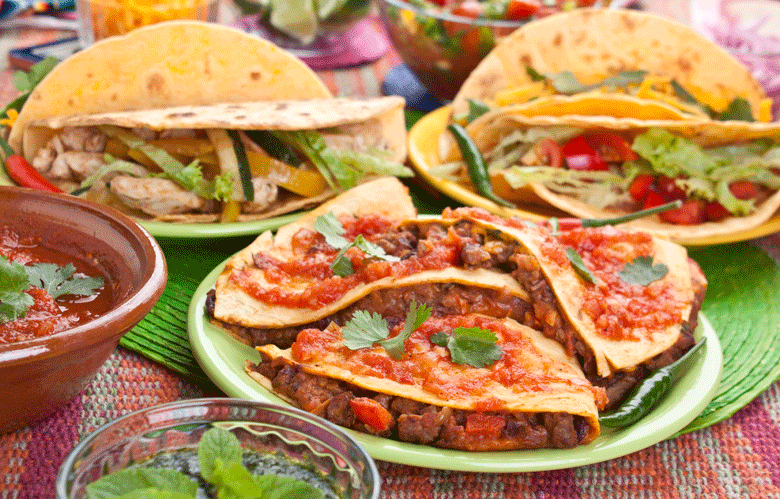
A country that loves Chillies
Mexico is a country that uses Chillies in every possible way. In fact, Mexican cooking with Chillies is so entrenched that is impossible to imagine it without them Mexiac cooks have a huge variety of Chillies from which to choose. Dried and smoked Chipotlas, Jalapenos, Habaneros, Serranos and Poblanos to Cascabels are just the tip of the fire-iron when it comes to just how many different types of Chillies are used in the cuisine . In this section, we explore a selection of recipes where Chillies are used to make some great tasting food in Mexico.
Recipes for Mexican dishes
Exploring Moles
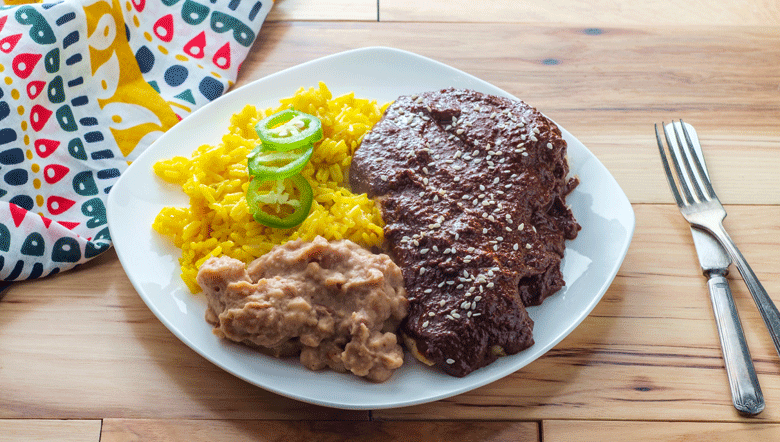
Seven Moles from Oaxaca
An iconical part of Mexican cooking with Chillies is the making of Moles. The name is from the Nahuatl language of the Aztec/ Mexica “mōlli “, meaning sauce or mixture. In modern-day usage, it refers to a broad category of sauces typically eaten with meat, poultry and vegetables (and a lot more).
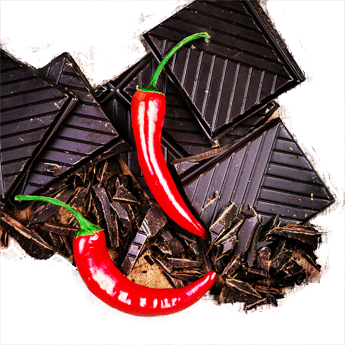 A Mole usually consists of a mixture of Chillies, seeds, nuts and vegetables, but may also contain various other ingredients. These ingredients include Mexican chocolate, tomatoes, avocado leaves or raisins. There are a variety of textures, colours, tastes and consistencies in the various Moles
A Mole usually consists of a mixture of Chillies, seeds, nuts and vegetables, but may also contain various other ingredients. These ingredients include Mexican chocolate, tomatoes, avocado leaves or raisins. There are a variety of textures, colours, tastes and consistencies in the various Moles
The Mexican town of Pueblo is acknowledged as where the first Mole came from, but Oaxaca ( which has many mole recipes) lays claim to the seven moles. These Moles have different colours, including black, green, red, brown and orange. All are made with a variety of Mexican Chillies, which shouldn't be substituted with other varieties, as the distinct flavour of these Moles is often characterised the types of Chillies used.
While Guacamole shares the name of these sauces, it is not a Mole in the stricter sense of the word. Gaucamole, which is made with mashed avocados, is more of a dip. Moles, on the other hand, tend to be more like pouring sauces or like stews. They are typically served with meat, poultry or vegetables
The seven Moles from Oaxaca are as follows:
Mole Negro
These Moles are black in colour. They are served with turkey, pork, poultry, or any other light meat Recipes vary from kitchen to kitchen, but typically you find Mole Negros are made with dried Mulato, Pasilla and Chilhuacle negro Chillies combined with nuts, tomatillos, tomatoes, raisins, Oaxacan chocolate and a variety of spices like cumin, allspice and cinnamon
Mole Verde
This Mole is green in colour and is served poured over chicken or pork. It can also be used in wraps made with tortillas, cold chicken and cheese. Mole Verde is typically made with Jalapeno chillies, pumpkin seeds, tomatillos, spices, green leaves, epazote and green coriander ( cilantro).
Mole de almendrado
Literally means Mole with Almonds. This Mole is made with dried Poblano ( Ancho Chillies), blanched almonds, cloves, nuts, chocolate, seeds, spices, raisins and garlic. It is very similar to Mole Negro, but contains blanched almonds as a key ingredient and is red in colour. It is served with roast pork and chicken
Colorado Mole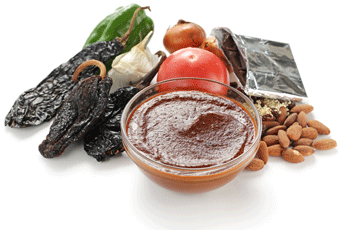
Sometimes also called the Rojo Mole, this Mole is red in colour. It contains the same ingredients as the Moles Negor, but rather than using black chillies, red Chilhuacle chillies are used. It is served with poultry
Mole Amarillo
Translated, this means yellow Mole, but in reality, it is more orange in colour. It is served with either pork, chicken, beef or vegetables and has soup/ stew consistency. The Chillies used in this Mole can be Chilhuacle, Amarillo, Anchos, Guajillo, Chile, Costeño , or Chile Chilcostle. These are combined with tomatoes, tomatillos, with spices like cumin, black pepper and cloves. It also contains garlic and oregano. It is thickened with yellow masa (maize dough).
Mole Coloradito
This means little red Mole in Spanish. This Mole is lighter than the Colorada Mole, because it contains fewer ingredients. It is typically made with dried Guajillo chillies, seeds, nuts, spices, tomatoes, onions and Mexican herbs. It is served with duck, poultry and pork
Mole Manchamanteles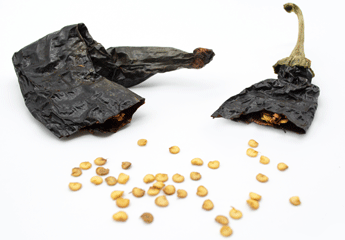
The name for this Mole is translated as “ Table cloth stainer”. It is a fruity mole made with any seasonal fruit, including apricots and peaches combined with pears, apples and pineapples. Other ingredients are nuts, onions, garlic, spices, tomatoes, and Ancho Chillies. It is dark red in colour and is served with chicken and pork
Mole chichilo
This Mole is similar to Colorado and Coloridito, but uses darkened Chillies. It is gravy like and is brown in colour. It contains Chichilo, Mulatto and Passila Chillies with beans, tomatoes, onion and garlic. It can be served with a variety of meats, but as a special occasion dish, it is served with beef fillet
In conclusion
The making of Moles is a typical use of Chillies in Mexican cooking. Recipes for Moles can all differ, with different ingredients being used or excluded. Mole making is, after all, an art rather than a science. One they all contain, though, is, of course, the Chillies
More reading. Chillies in Mexican cooking

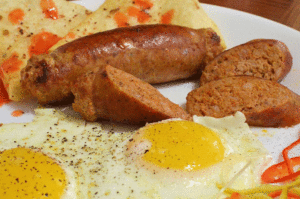
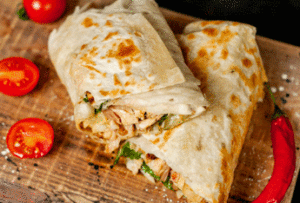
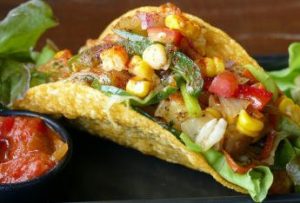
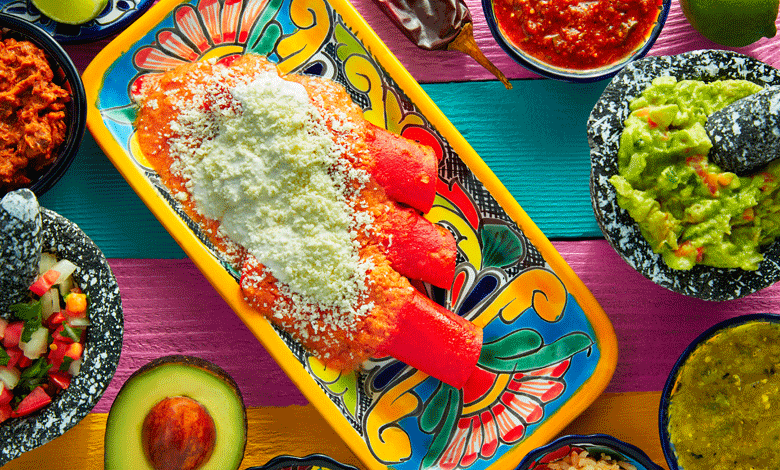
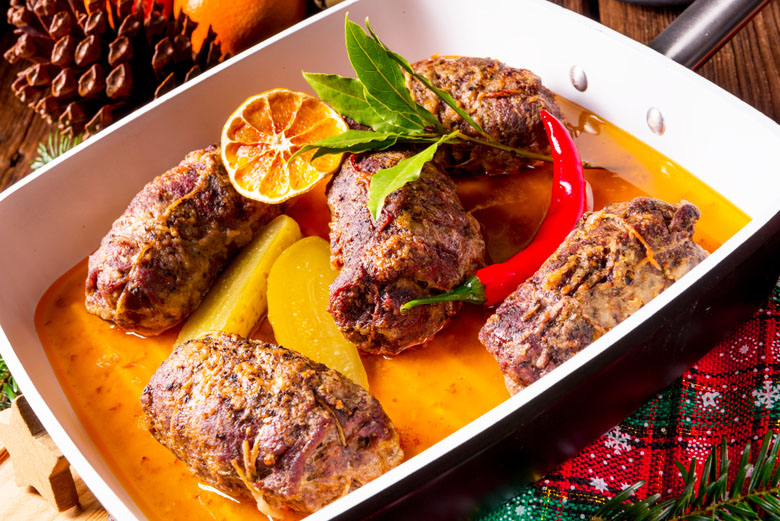
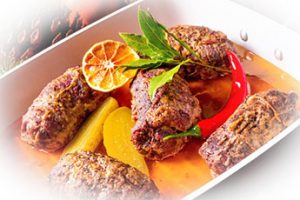 staples of French cuisine, enjoyed in both home kitchens and upscale restaurants.
staples of French cuisine, enjoyed in both home kitchens and upscale restaurants.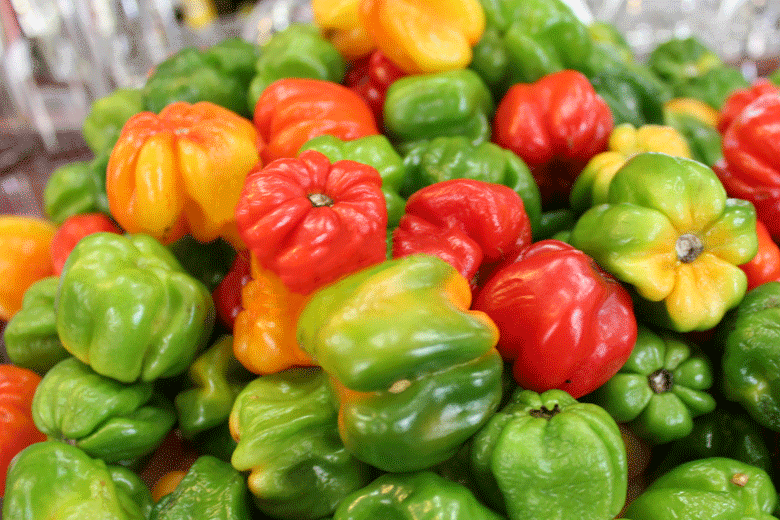
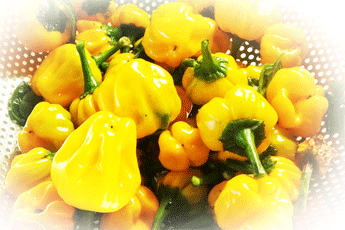

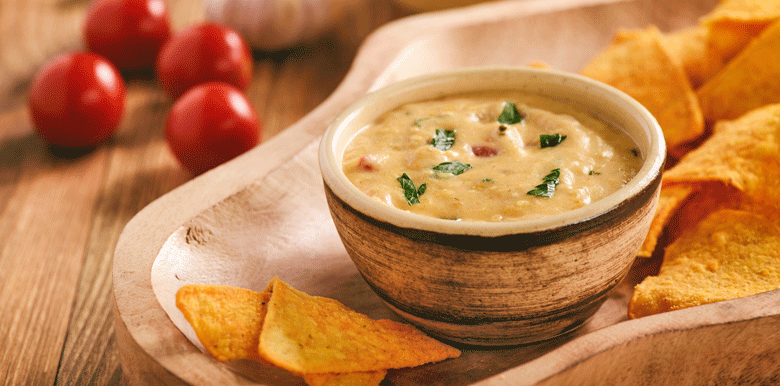




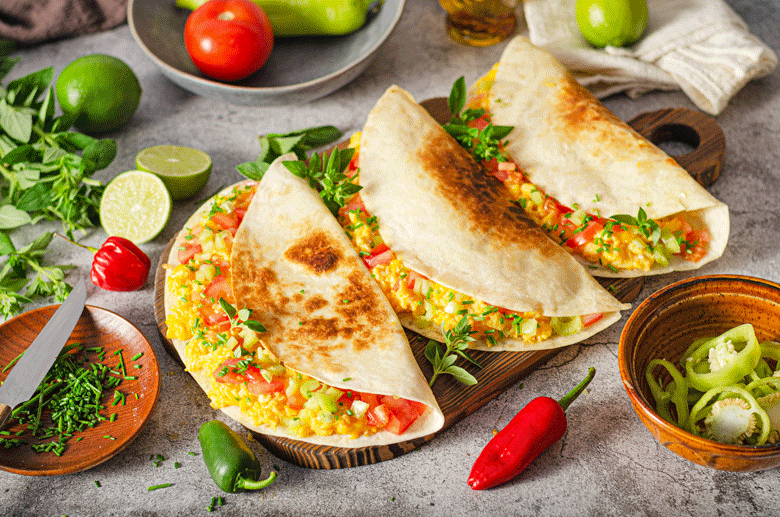
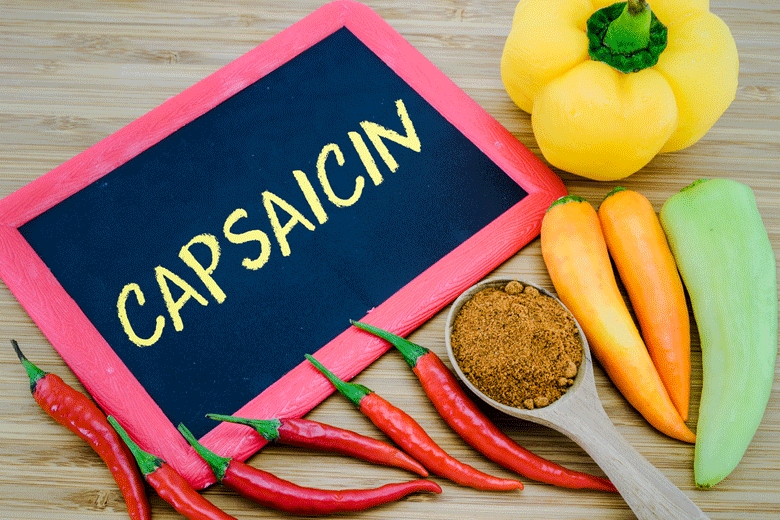



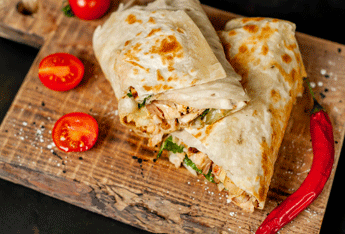
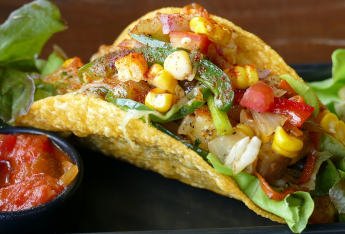

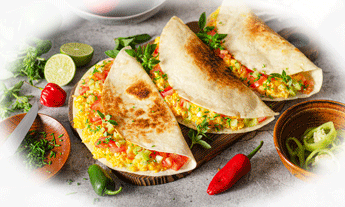 to eat store-bought tortillas again. They are a thousand times better
to eat store-bought tortillas again. They are a thousand times better